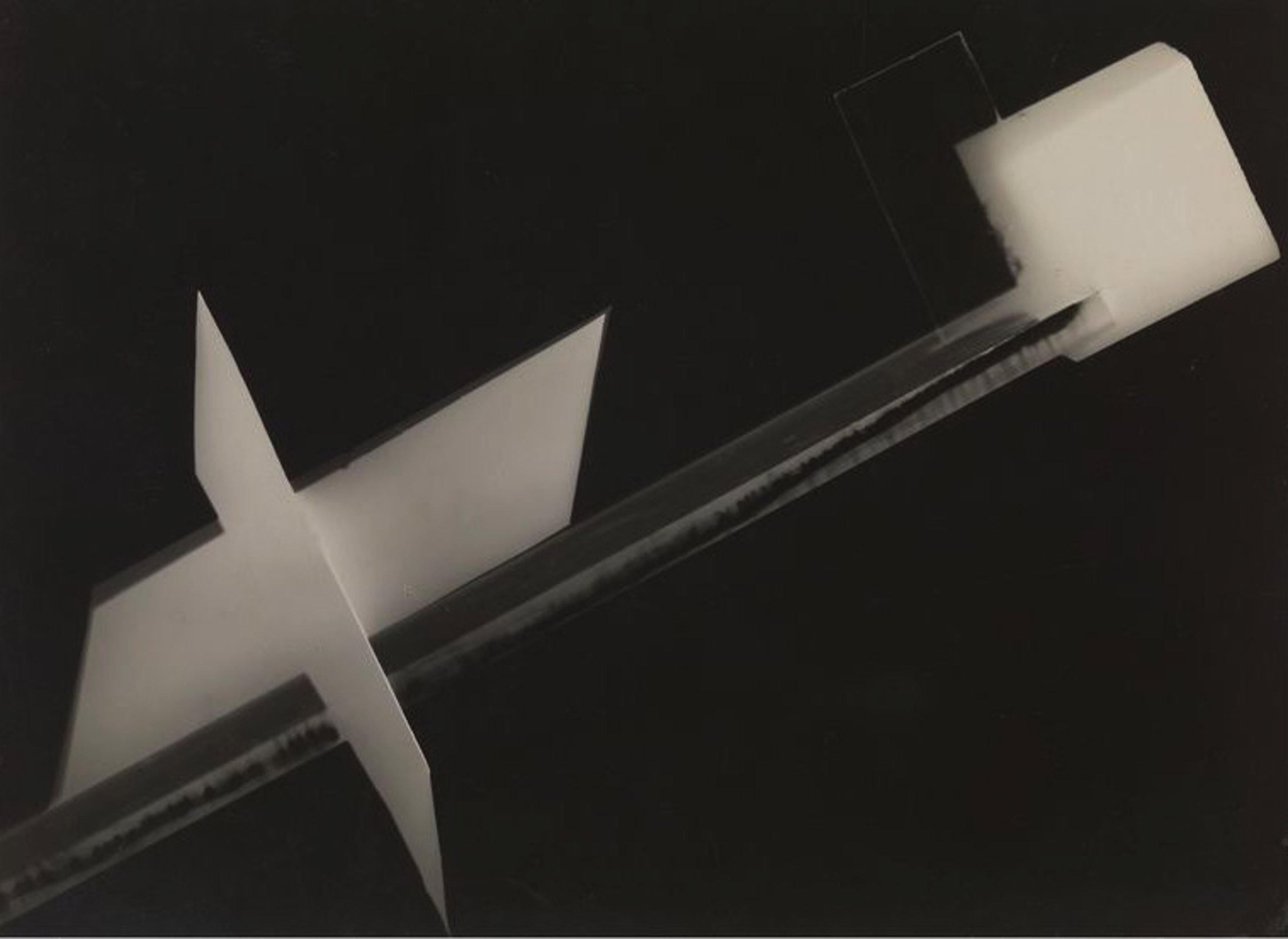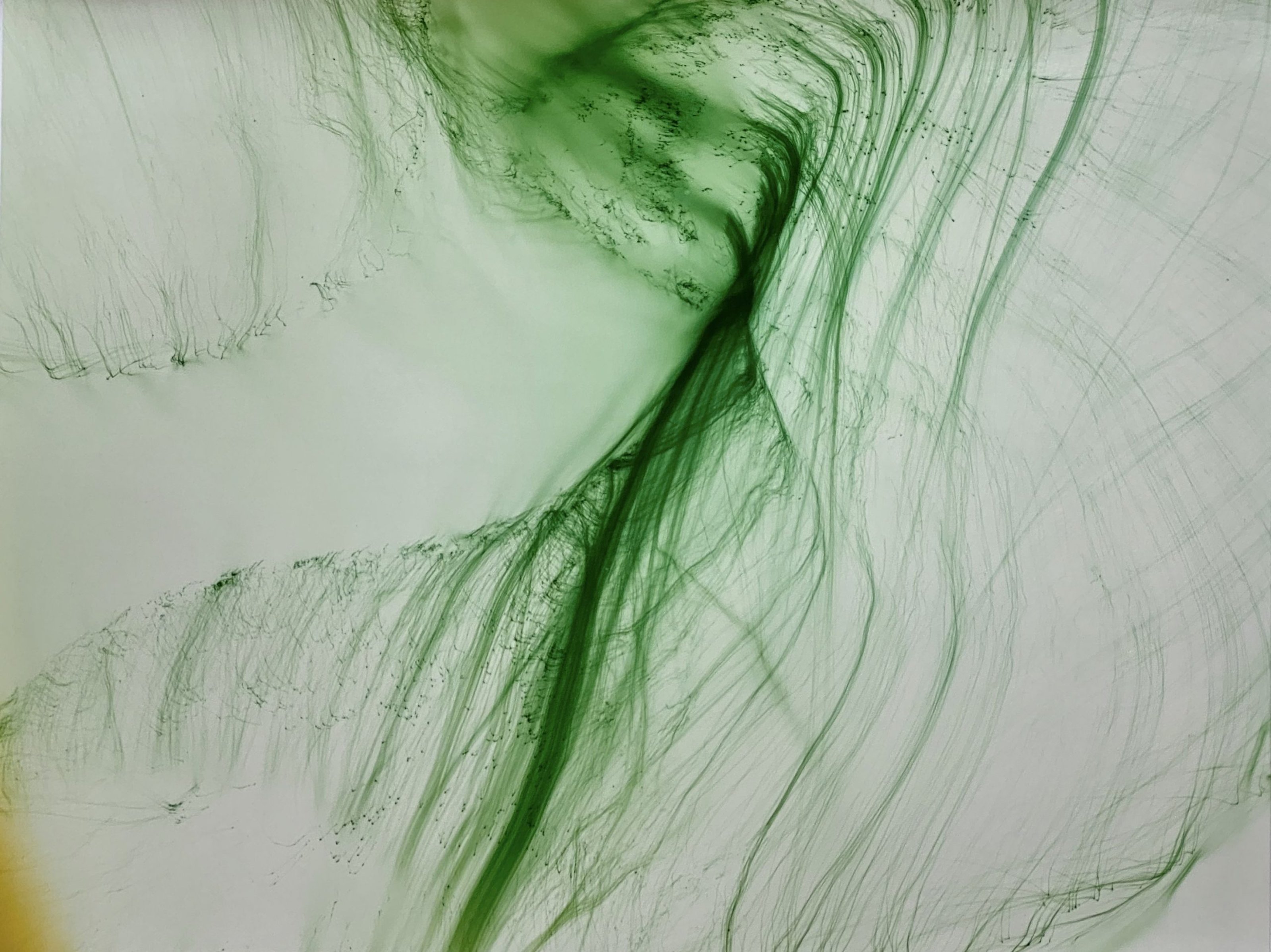
The German photographer Wolfgang Tillmans started out shooting the gay club scene of the 1980s and 1990s in Berlin. He pointed his analogue camera to the counterculture community, photographing nightlife; raves, parties, afterparties and the lazy mornings that followed.
It led him to become an icon of cool culture, for shooting counterculture publications like i-D and NME, where he shot everyone from Aphex Twin to Blur, Eminem and Björk. Throughout the 1990s, he photographed rave clubs in London, the reggae scene in Jamaica and Berlin’s legendary Love Parade. All in all, his editorial work has been marked with stark flash, an informality that came to define Generation X’s unhinged youth culture.
Tillmans counts New York crime photographer Arthur Fellig, known for his nickname Weegee, for his straightforward point and shoot style – with a focus on subject, rather than photographic technique.
It came as a surprise, then, that he turned to something completely different in the early 2000s. Instead of wading into mainstream celebrity culture, the Turner Prize-winning artist turned to making photography without a camera.
That’s right—photos made entirely without a camera. His Freischwimmer series, created between 2001 and 2004, features pastel green and yellow shapes on photo paper. They look like pigment rippling in water.
How were they made? He brought a flashlight into the darkroom. By exposing photosensitive paper to a controlled light source (the flashlight), and then developing them as anyone would a color print, created abstract photos. “Whatever I do is about picking examples, because you can’t show the whole world,” he told the New Yorker in 2018. “You always have to find the whole in extreme detail.”

László Moholy Nagy – Photogram, c.1925
How did he get here? In 1998, Tillmans felt the world was over-photographed, so started making photos without a camera lens for his Silver series. Paper was passed through a dirty photo processing machine, dripping ghost-like chemical residue. What made his Freischwimmer series different, is that he exposed photo paper to handheld light sources.
It’s a similar process to a Luminogram (where objects are laid onto photo paper, and the shadows of objects are chemically developed). The process has been around for ages; in the 1920s, Bauhaus artist László Moholy-Nagy experimented with photograms for experimental photographs. German theorist Gottfried Jäger describes the process as “the result of pure light design; the rudimentary expression of an interaction of light and photosensitive material… a kind of self-representation of light.”

Wolfgang Tillmans, Freischwimmer 30, 2003. Courtesy Jon Gasca Collection, Yet to be Titled.

He later used his Freischwimmer photos in London’s underground metro as part of a 2011 art campaign on subway cars. “I’d been thinking of the mind wandering off during a Tube journey,” said the artists. “Eyes closed, drifting out of the crowded city into some aqueous or natural space, so for the print I decided to use my Freischwimmer image, with its sense of free-flowing motion.”
The influence of this cameraless work bled into his videos. Take his video Lights (Body), made between 2000 and 2002, to see shots of empty nightclub lights alongside a soundtrack by French electro duo Air (later, he would create a music video for the Pet Shop Boys).
Tillmans was part of the first generation of European artists who were allowed to travel freely between countries after the Cold War (it was the first time gay relationships were also legal, too).
The artwork, entitled Freischwimmer 30, was created in 2003. “Freischwimmer,” which means “free swimmer” in English, is a reference to someone who has their school-earned German swimming certificate. It has been called drawing with light, with chemical processes that tend towards the alchemical.
The artist scanned his darkroom-made photos onto a computer, enlarged them with a micro-zoom and showed them as unframed inkjet prints. They do have emotive power, an elusive quality. Some look like long black hair floating in water.
“They are photographs made without a camera, purely with light… they evoke all sorts of associations, like skin, or astronomy, or chemicals dissolving, and it’s all done by the brain,” said the artist in 2011. “It’s what your ‘brain association tool’ creates.”
End.
Image: Wolfgang Tillmans – Blushes #28, 2000. Courtesy Jon Gasca Collection, Yet to be Titled.
This article is part of a series of special features for the exhibition ‘1-31’ curated by Adam Carr.